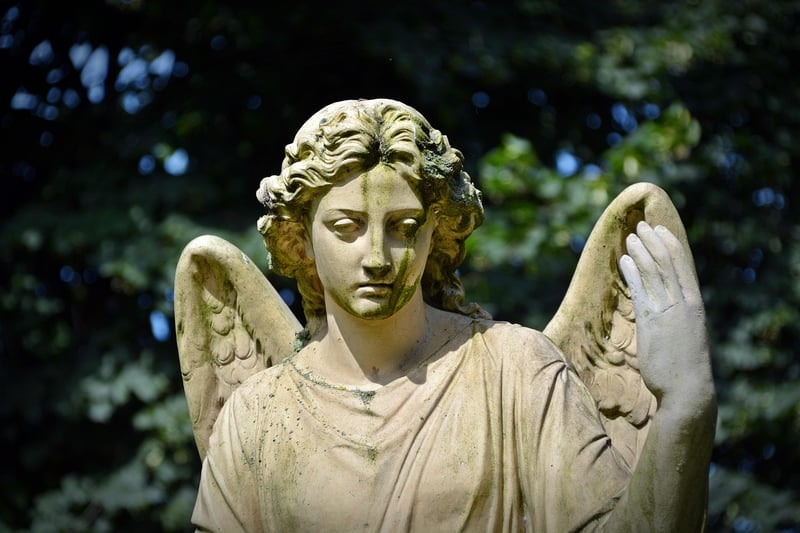Historical Figure Interaction
Exploring Different Time Periods Through Historical Figure Interaction
History is a vast tapestry woven with the threads of time, each era distinct yet interconnected. One fascinating way to delve into the past is by exploring different time periods through the lens of historical figure interaction. By examining how key figures from various epochs might have interacted, we can gain a deeper understanding of the forces that shaped our world.
Ancient Times: Cleopatra and Julius Caesar
Imagine the intrigue of ancient Egypt, where Cleopatra, the last pharaoh, met Julius Caesar, the powerful Roman general. Their union not only sparked a passionate romance but also had far-reaching political implications. By exploring their relationship, we can uncover the complexities of power dynamics in the ancient world.
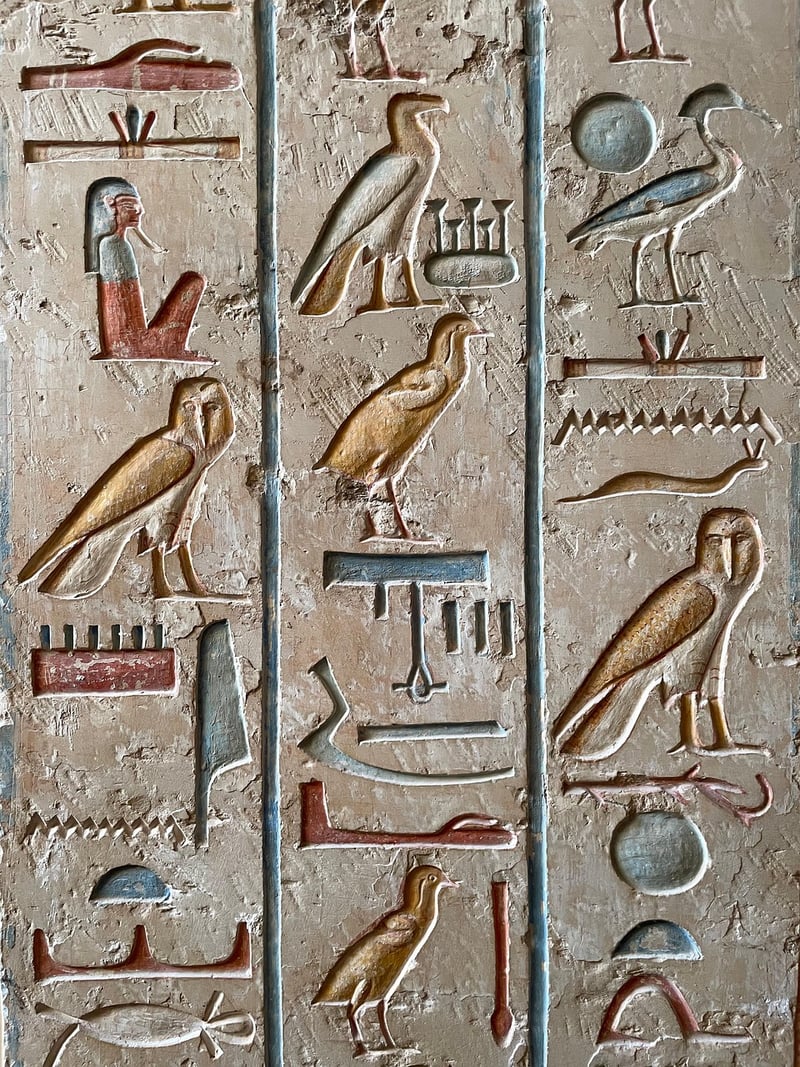
The Renaissance: Leonardo da Vinci and Michelangelo
Travel to the vibrant era of the Renaissance, where artistic geniuses Leonardo da Vinci and Michelangelo roamed the streets of Florence. These two masters, though rivals, left an indelible mark on art and culture. By imagining their encounters and collaborations, we can appreciate the creative energy that defined this period.
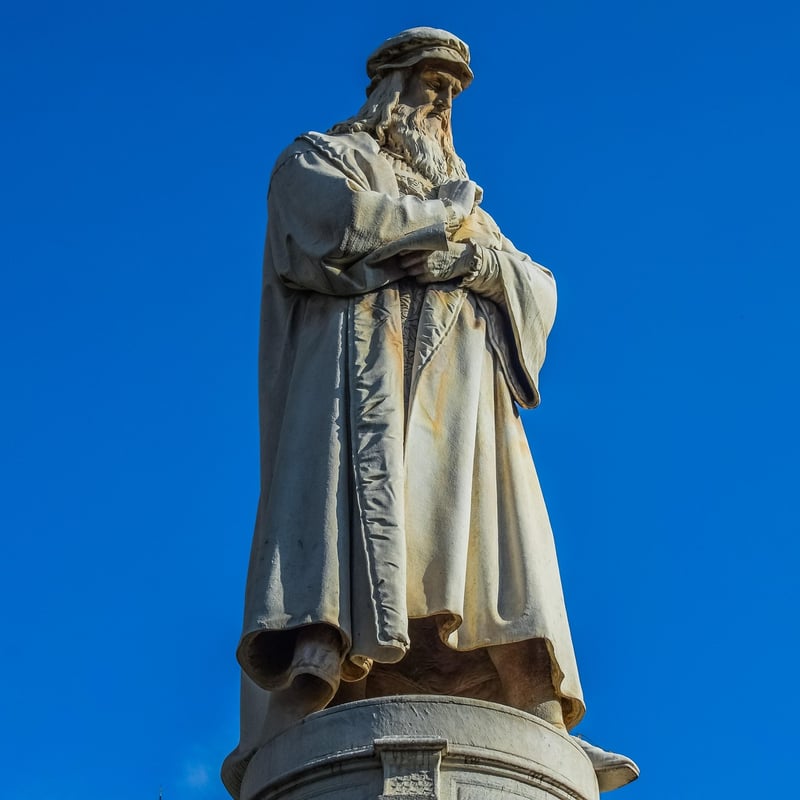
World War II: Churchill and Roosevelt
Step into the tumultuous era of World War II, where Winston Churchill, the stalwart Prime Minister of Britain, and Franklin D. Roosevelt, the President of the United States, forged an alliance that changed the course of history. By exploring their correspondence and meetings, we can witness the power of collaboration in times of crisis.
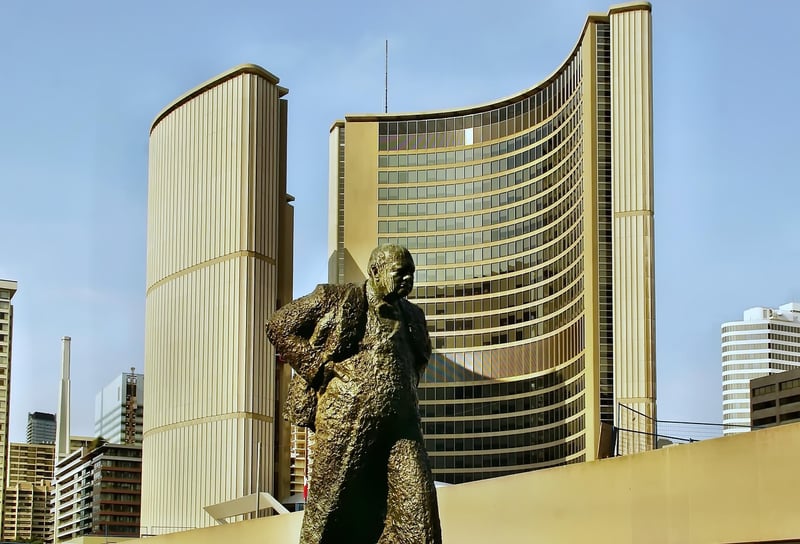
Modern Times: Mandela and Gandhi
Enter the modern era, where Nelson Mandela, the anti-apartheid revolutionary, and Mahatma Gandhi, the pioneer of nonviolent resistance, stood as beacons of hope and justice. By examining their shared values and strategies, we can learn valuable lessons in leadership and social change.
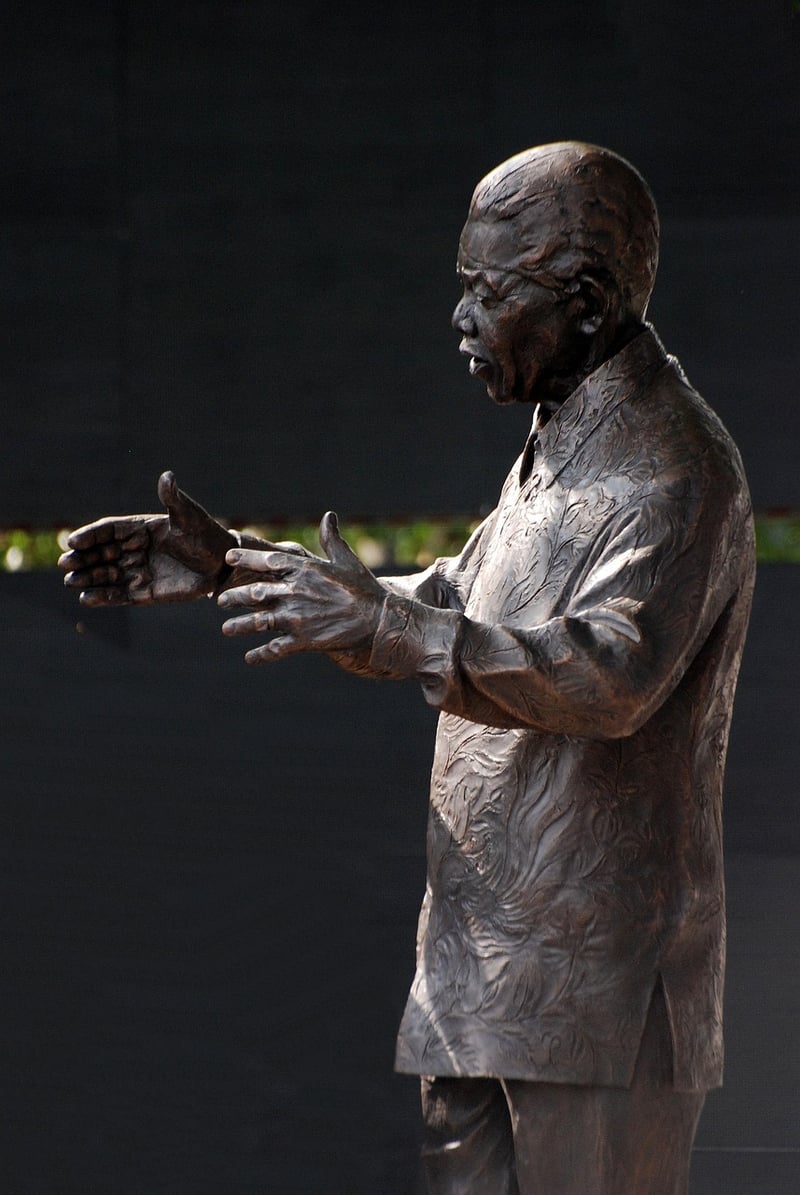
Exploring different time periods through historical figure interaction allows us to bridge the gaps between centuries and gain insights into the human experience across ages. By immersing ourselves in these imagined dialogues and encounters, we can appreciate the rich tapestry of history that has shaped our world.
